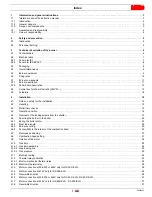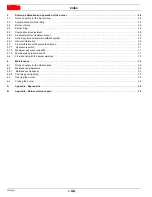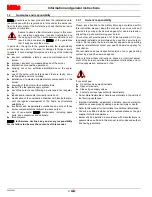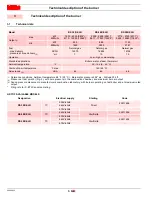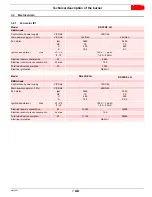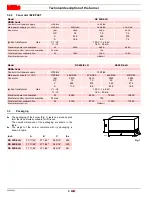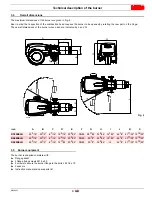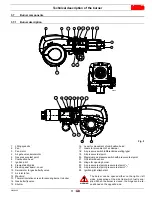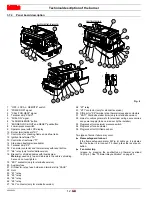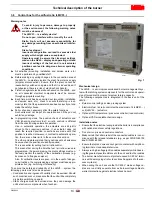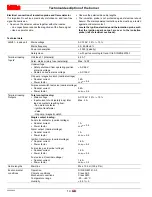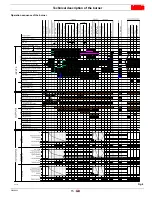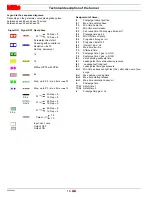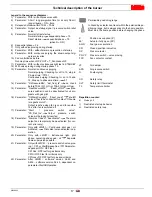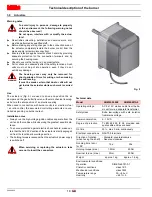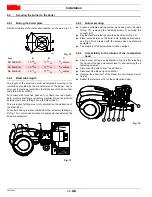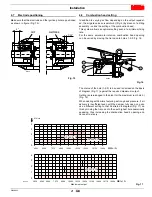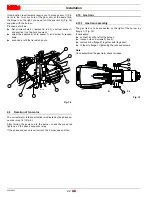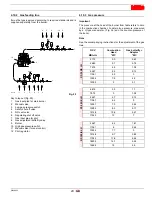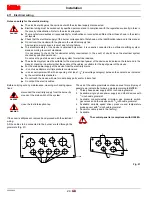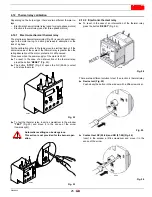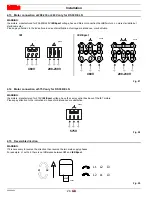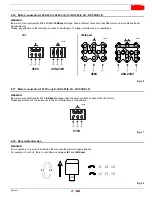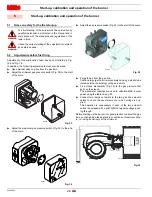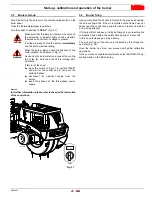
20008423
14
GB
Technical description of the burner
Electrical connection of ionization probe and flame detector
It is important to achieve practically disturbance- and loss-free
signal transmission:
• Never run the detector cables together with other cables:
– Line capacitance reduces the magnitude of the flame signal.
– Use a separate cable.
• Observe the permissible cable lengths.
• The ionization probe is not protected against electrical shock
hazard. The mainspowered ionization probe must be protected
against accidental contact.
• Locate the ignition electrode and the ionization probe such
that the ignition spark cannot arc over to the ionization
probe (risk of electrical overloads).
Technical data
LMV51... basic unit
Mains voltage
AC 120 V -15 % / +10 %
Mains frequency
50 / 60 Hz ±6 %
Power consumption
< 30 W (typically)
Safety class
I, with parts according to II and III to DIN EN 60730-1
Terminal loading
‘Inputs’
Unit fuse F1 (internally)
6.3 AT
Perm. mains primary fuse (externally)
Max. 16 AT
Undervoltage
• Safety shutdown from operating position
at mains voltage
• Restart on rise in mains voltage
< AC 96 V
> AC 100 V
Oil pump / magnetic clutch (nominal voltage)
• Nominal current
• Power factor
1.6A
cos
> 0.4
Air pressure switch test valve (nominal voltage)
• Nominal current
• Power factor
0.5A
cos
> 0.4
Terminal loading
‘Outputs’
Total contact loading:
• Mains voltage
• Input current of unit (safety loop) total
load on contacts resulting from:
- Fan motor contactor
- Ignition transformer
- Valve
- Oil pump / magnetic clutch
AC 120 V -15 % / +10 %
Max. 5 A
Single contact loading:
Fan motor contactor (nominal voltage)
• Nominal current
• Power factor
1A
cos
> 0.4
Alarm output (nominal voltage)
• Nominal current
• Power factor
1 A
cos
> 0.4
Ignition transformer (nominal voltage)
• Nominal current
• Power factor
1.6 A
cos
> 0.2
Fuel valve gas (nominal voltage)
• Nominal current
• Power factor
1.6 A
cos
> 0.4
Fuel valve oil (nominal voltage)
• Nominal current
• Power factor
1.6 A
cos
> 0.4
Cable lengths
Main line
Max. 100 m (100 pF/m)
Environmental
conditions
Operation
Climatic conditions
Mechanical conditions
Temperature range
Humidity
DIN EN 60721-3-3
Class 3K3
Class 3M3
-20...+60 °C
< 95 % r.h.


